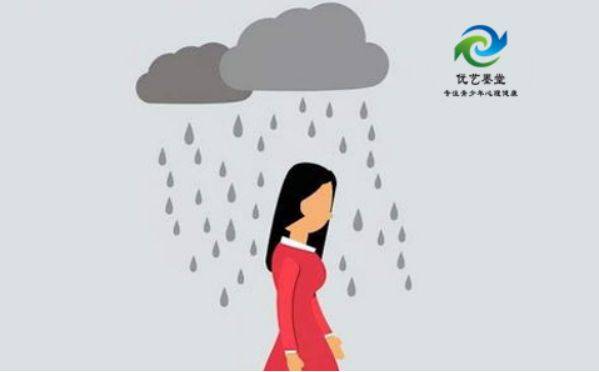“CCTV Investigation: How Adolescents Trapped in Depression Can Reboot Their Lives”
Introduction
In recent years, with the intensification of social competition and the acceleration of life pace, youth depression has shown a rising trend. An investigation by CCTV shows that an increasing number of adolescents are suffering from depression, and their mental health issues urgently need social attention and emphasis. Psychological Consulting Company
Part One: The Current Situation of Youth Depression
Statistics indicate that among children and adolescents under 17 in our country, 30 million are troubled by various emotional and psychological behavioral problems, including a considerable proportion suffering from depression. Youth depression not only affects the patients’ learning and life but can also lead to serious consequences, such as suicidal behavior.
Part Two: Exploration of the Causes of Depression
The causes of adolescent depression are complex and diverse, involving multiple levels including family, school, society, and individual. An unstable family environment, parenting styles, academic pressure from school, and tense peer relationships can all be triggering factors for depression. Moreover, biological factors and genetic predispositions cannot be ignored.
Part Three: Prevention and Intervention
The “Ten Principles of Mental Health Literacy” released by the National Health Commission emphasizes the importance of public awareness of their own emotional health and advocates for timely seeking scientific assessment and intervention. Depression can be effectively controlled through psychological intervention or a combination of both. Additionally, lifestyle changes such as improving diet and increasing exercise have also been proven to have significant effects on intervening in mild depression.
Part Four: The Importance of Social Support Systems
Family support is a crucial component in the process of intervening in depression. A loving and supportive family environment can provide patients with the necessary sense of security and belonging. Schools and communities should also provide relevant resources and support to help adolescents establish positive interpersonal relationships and coping strategies. Raising public awareness and acceptance of depression, reducing the stigmatization of patients, is also a key step in building a healthy social environment.
Conclusion
Adolescent depression is a social issue that cannot be ignored. It concerns not only individual health and happiness but also the harmony of families and the stability of society. We need to work together at the individual, family, and social levels to combat this modern societal invisible killer by improving mental health literacy, strengthening prevention and intervention measures, and perfecting social support systems.


